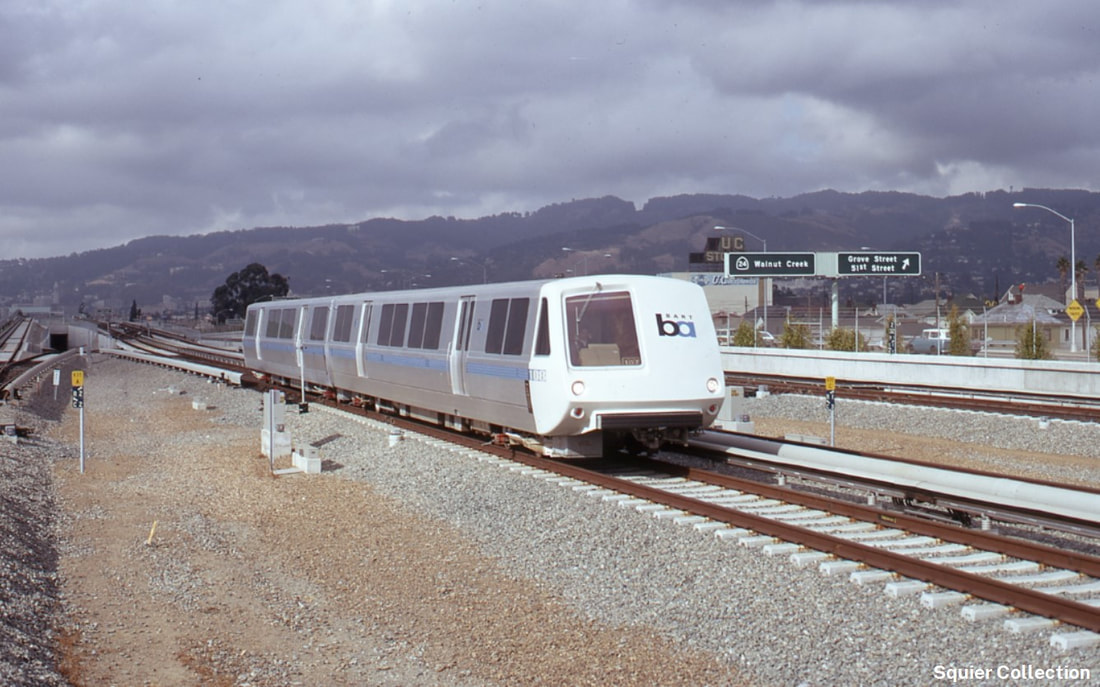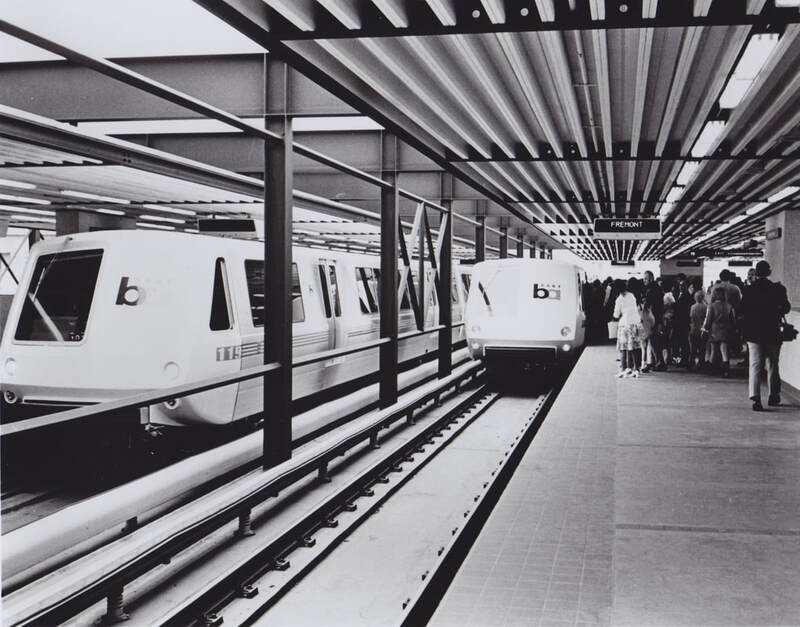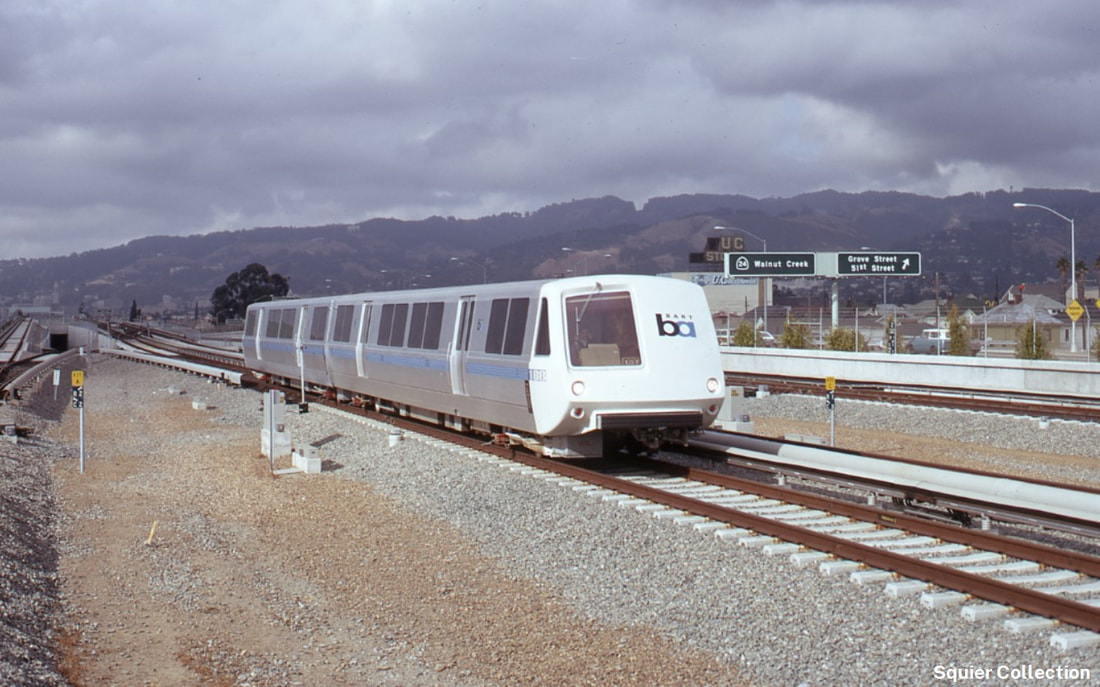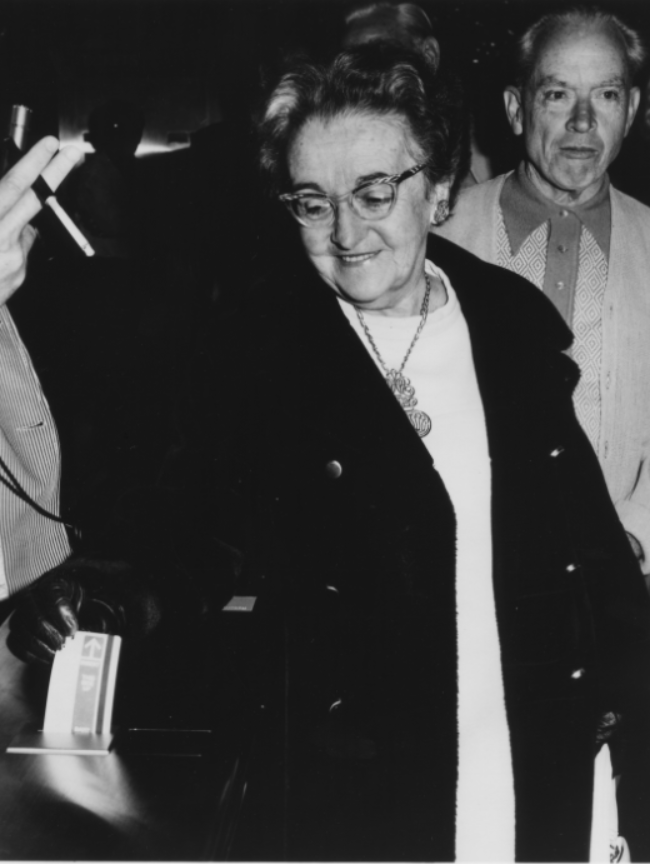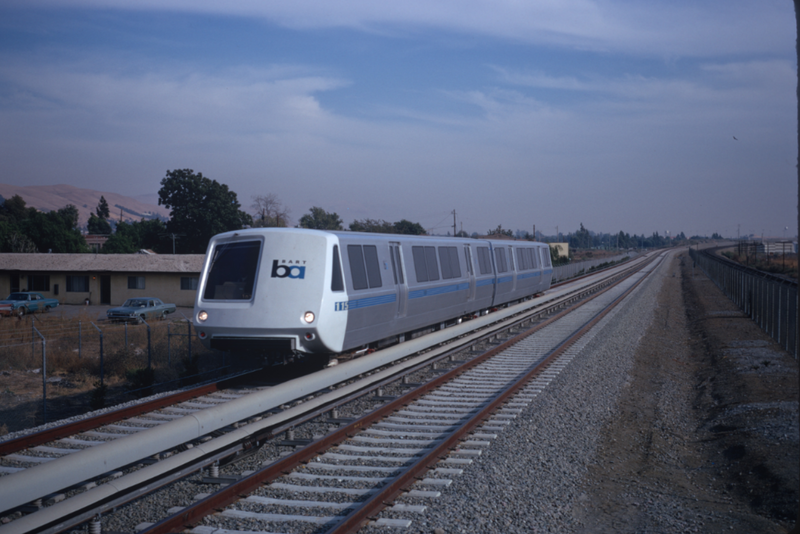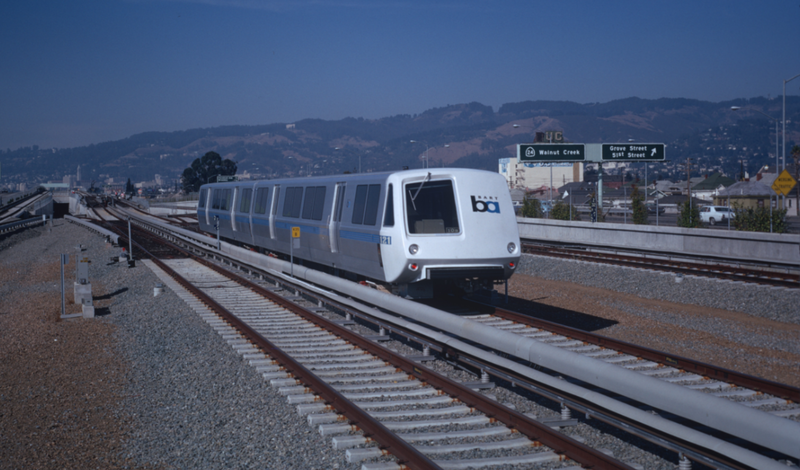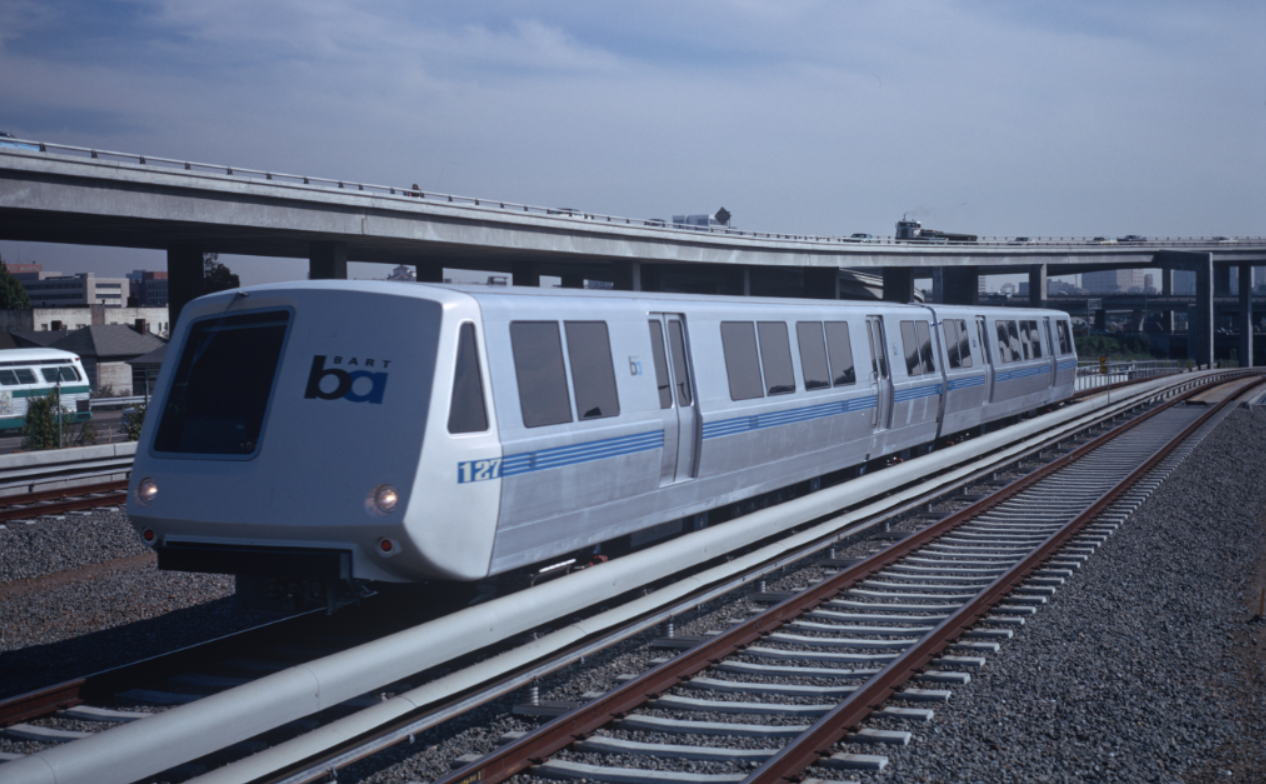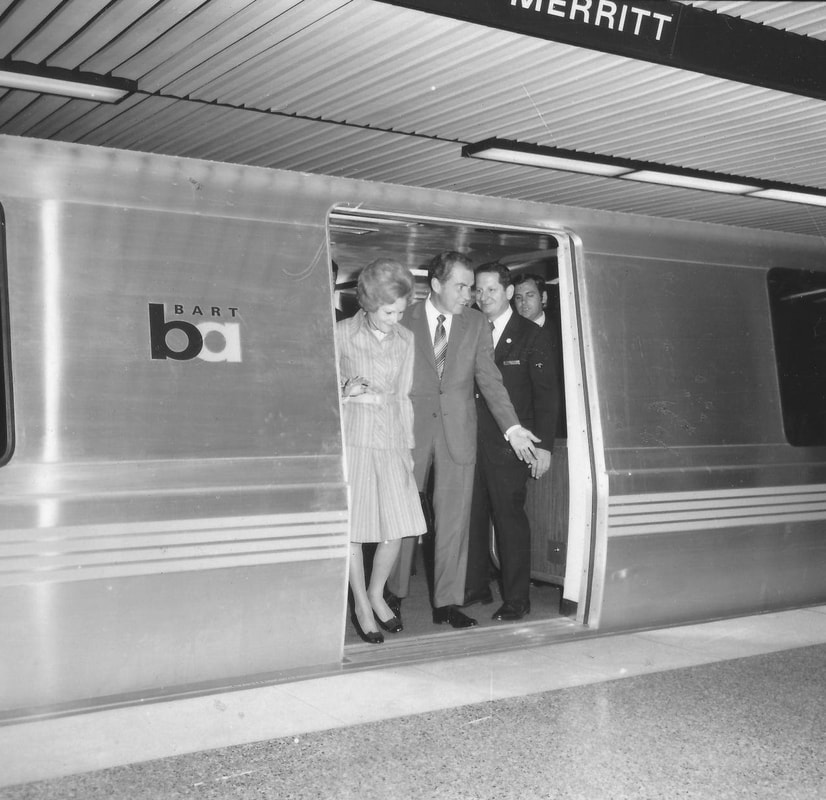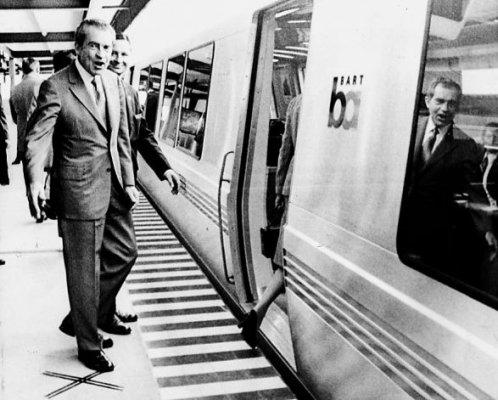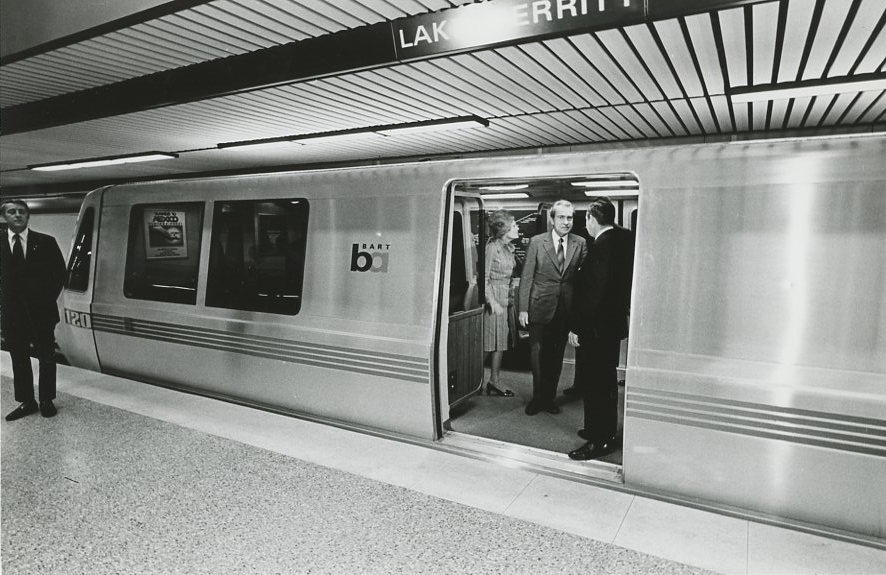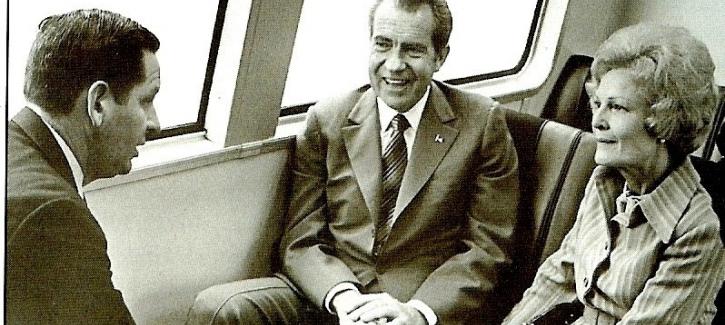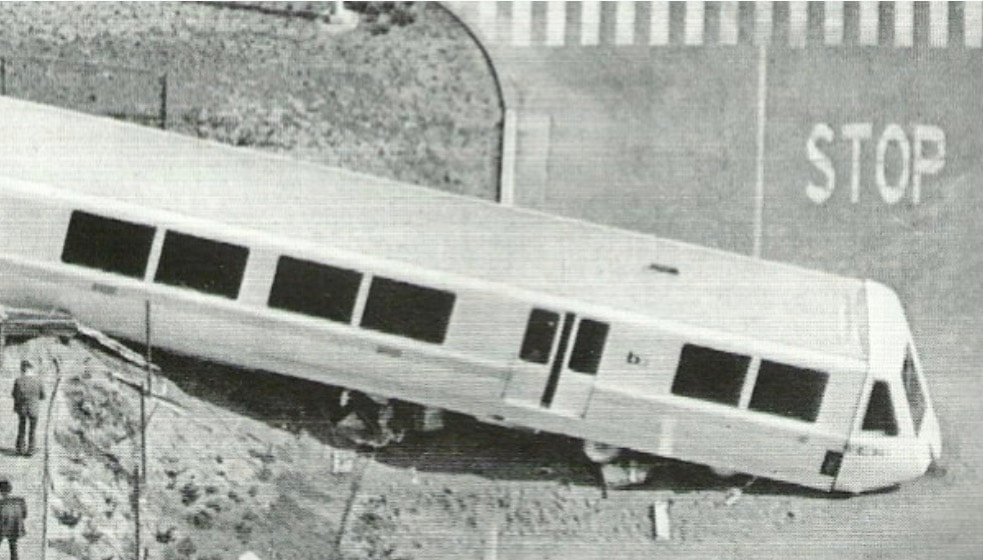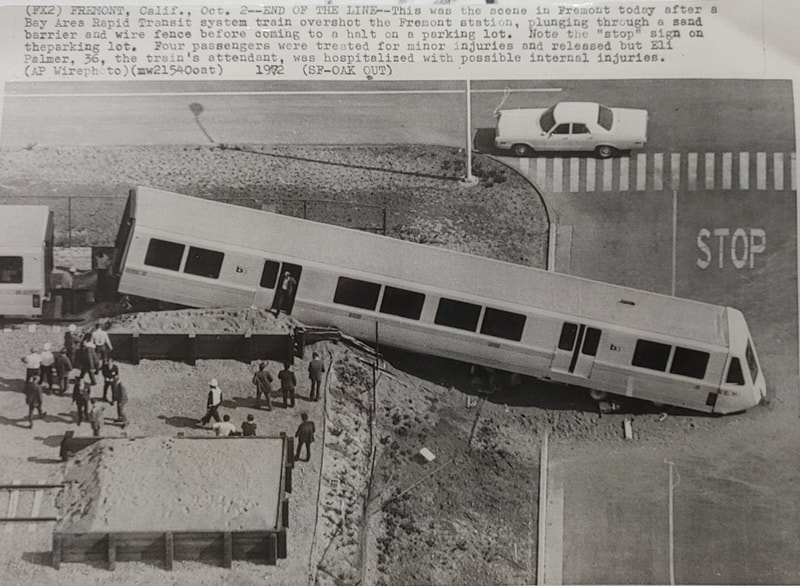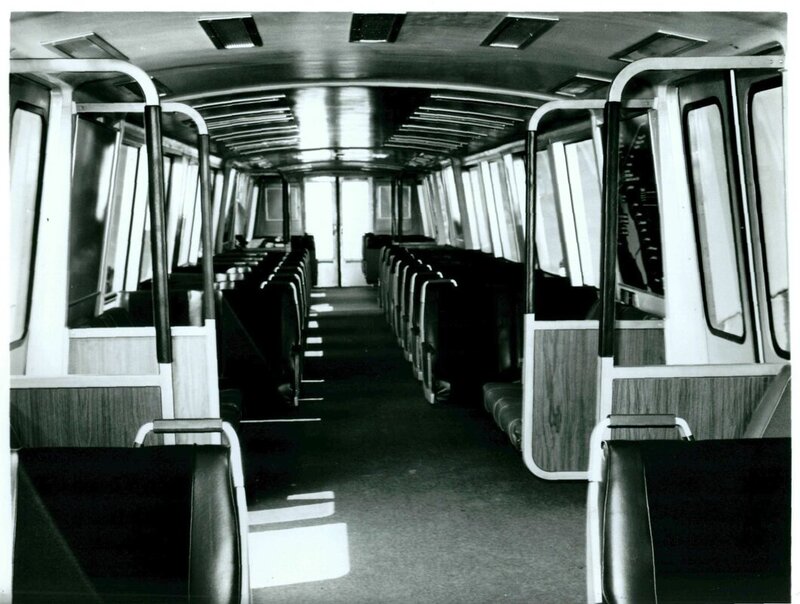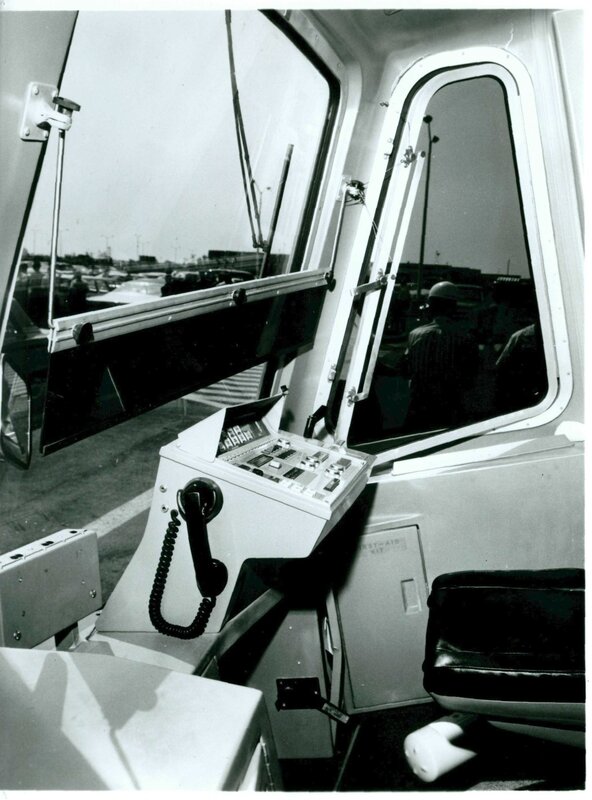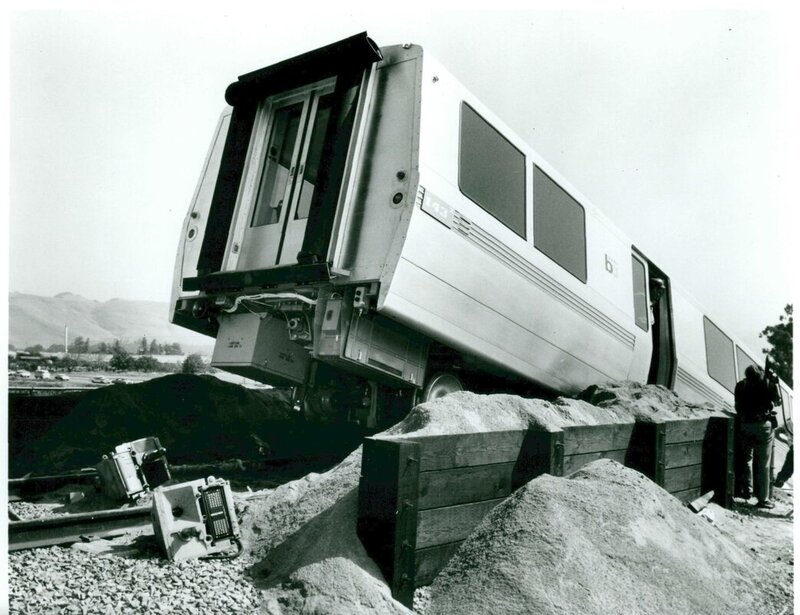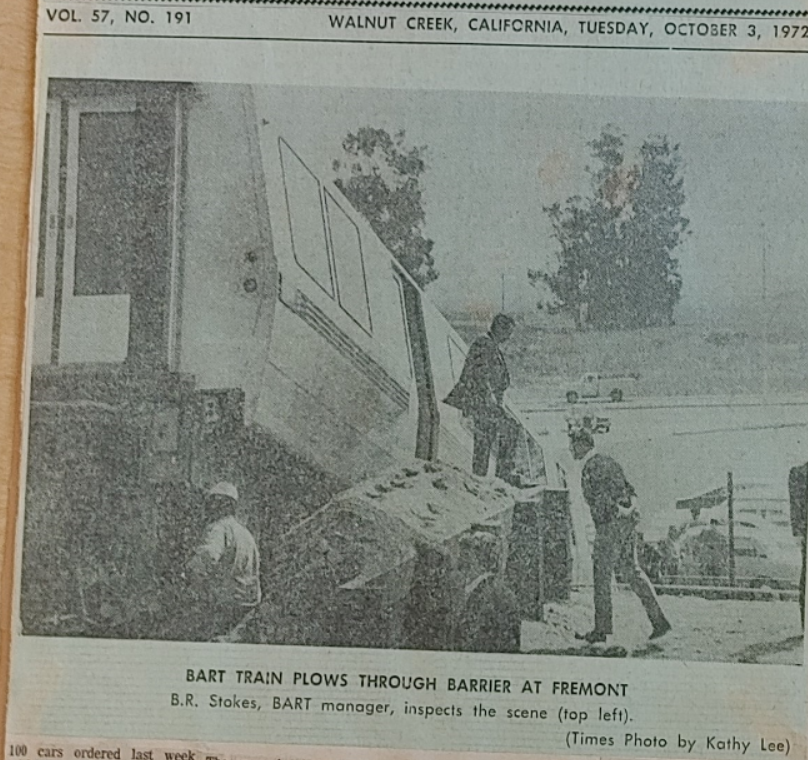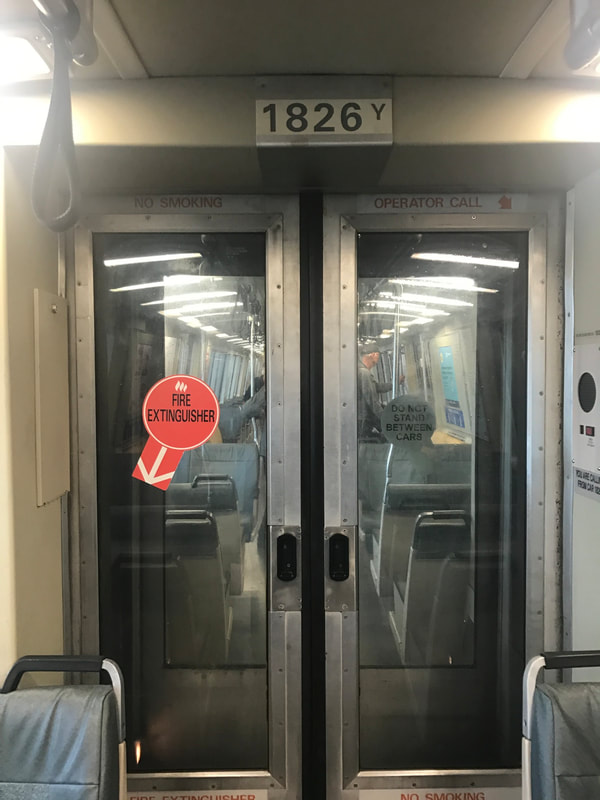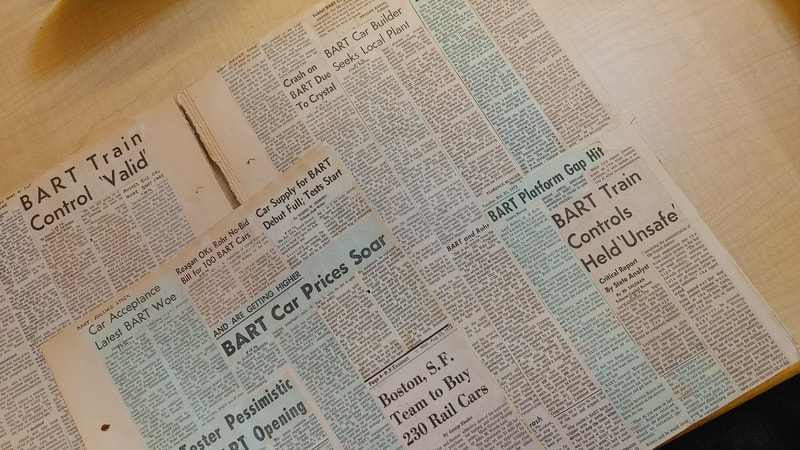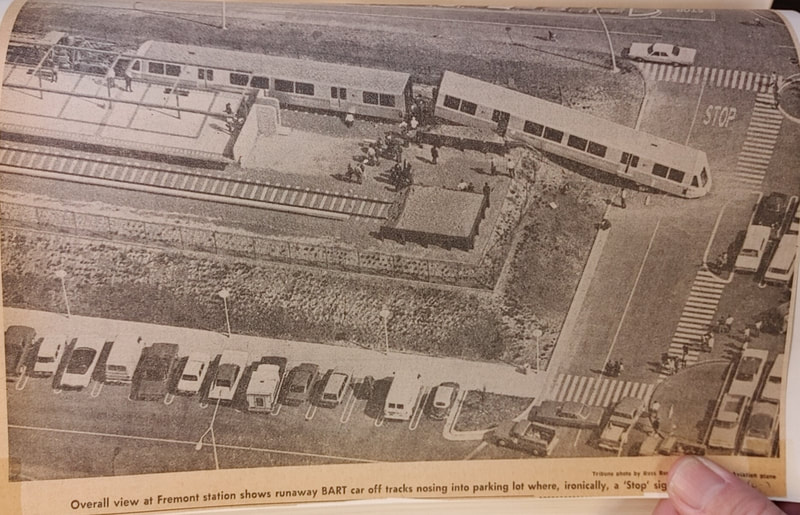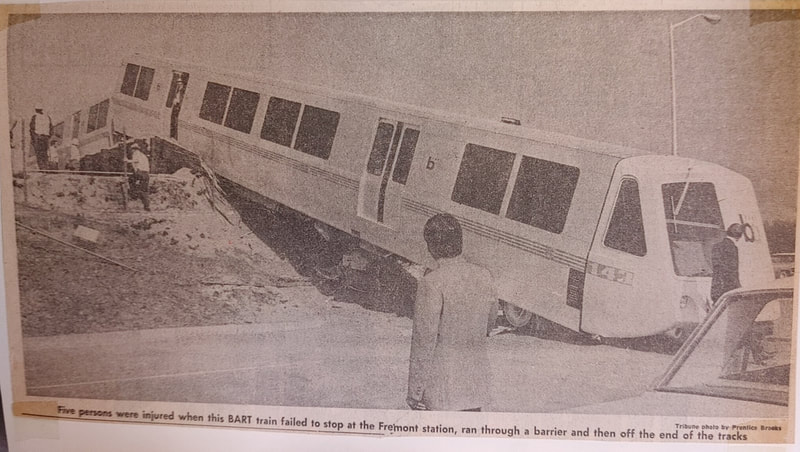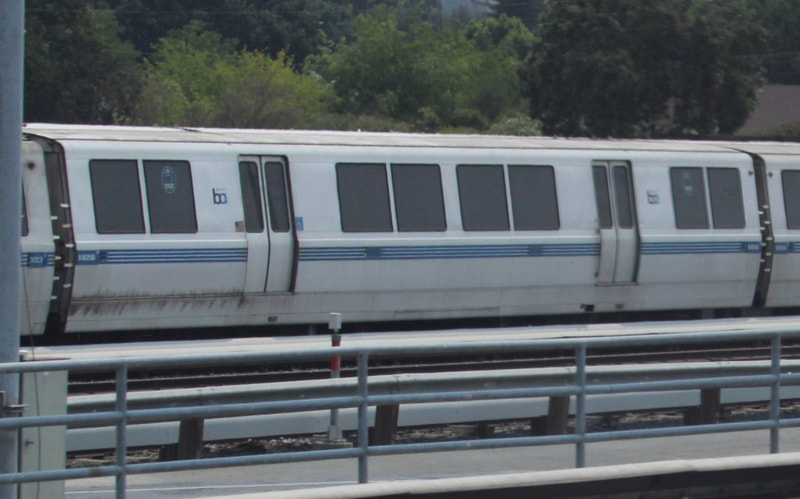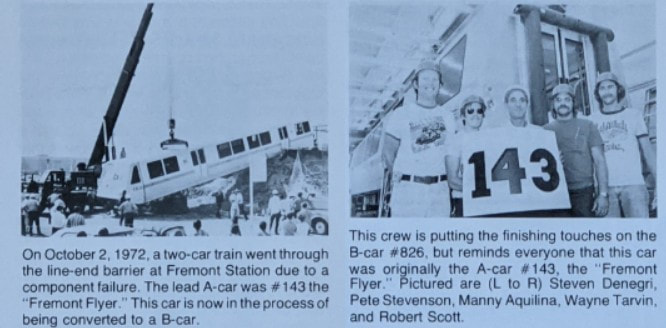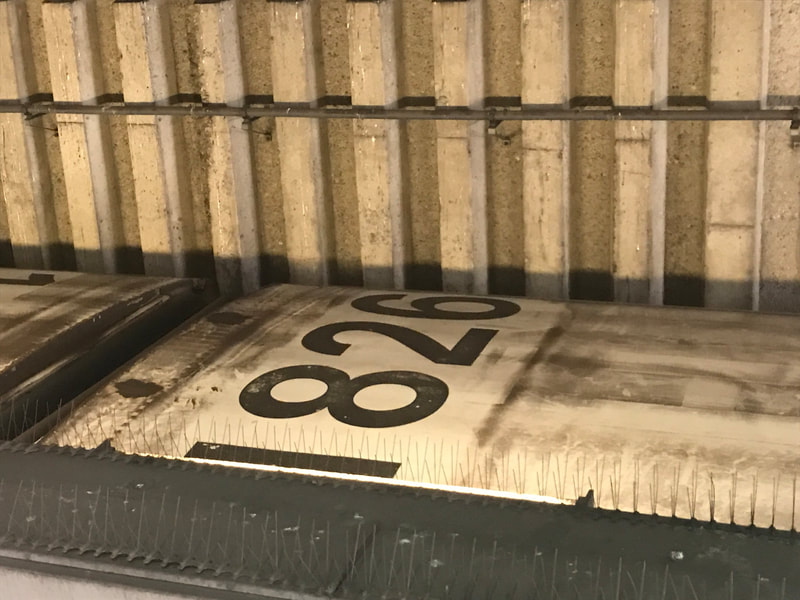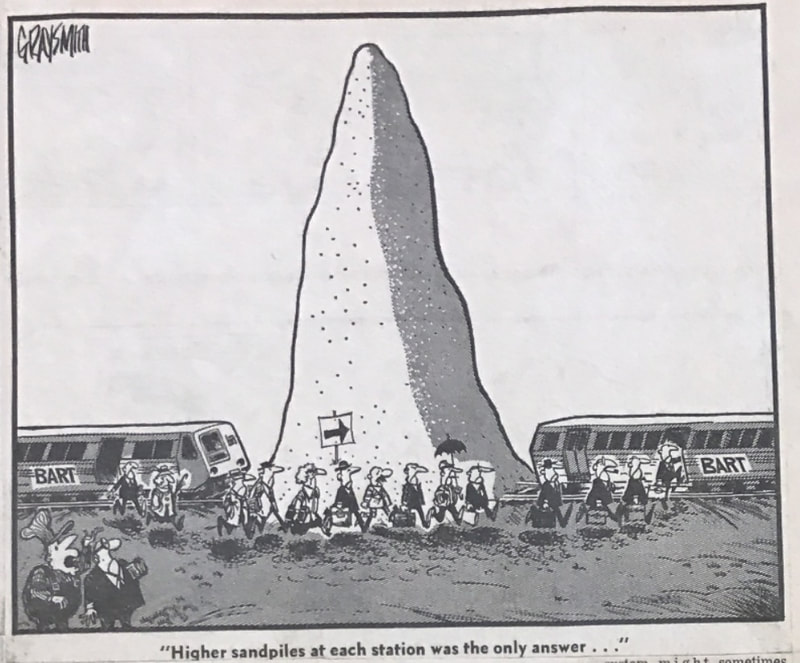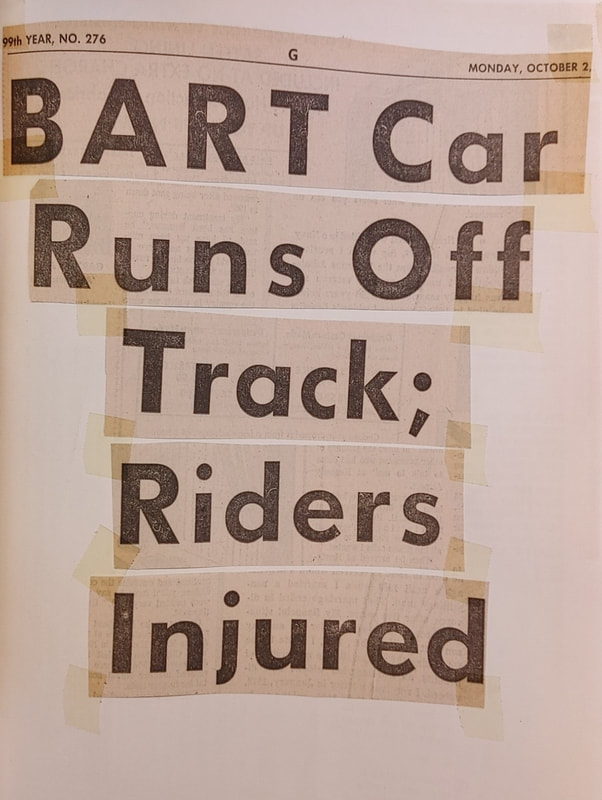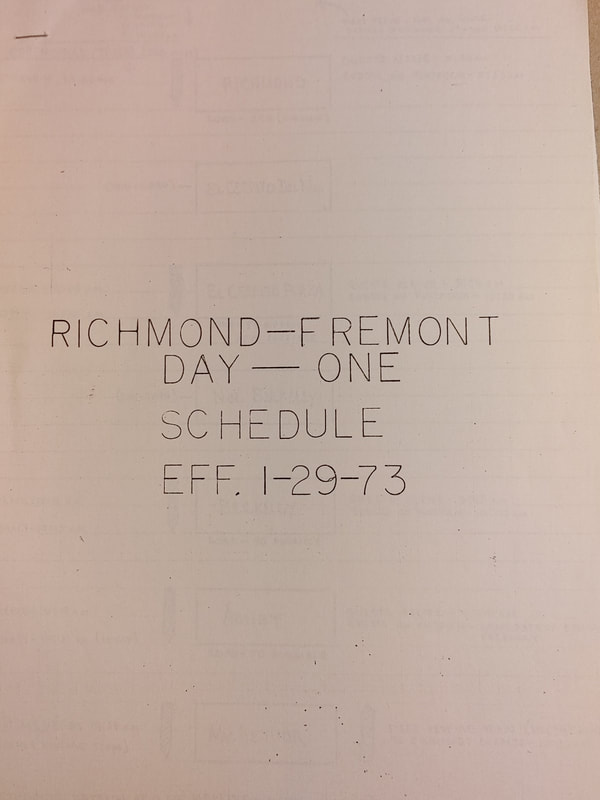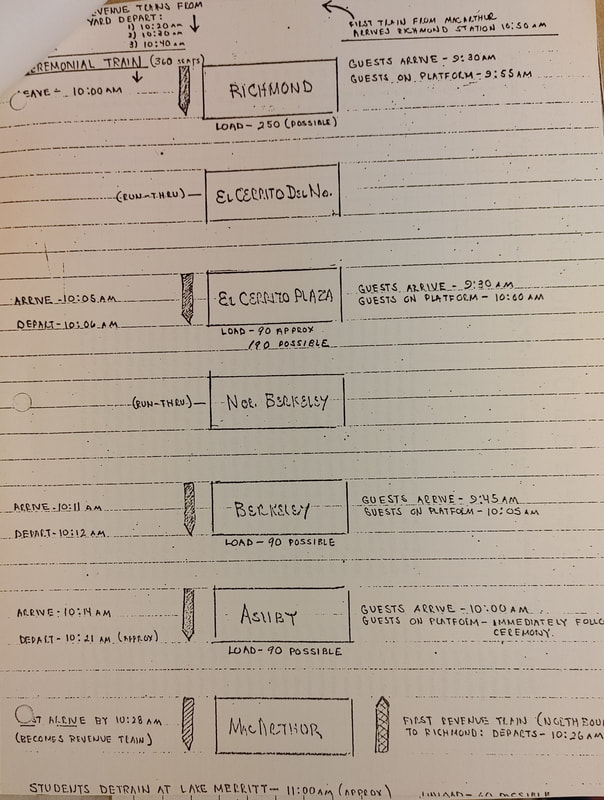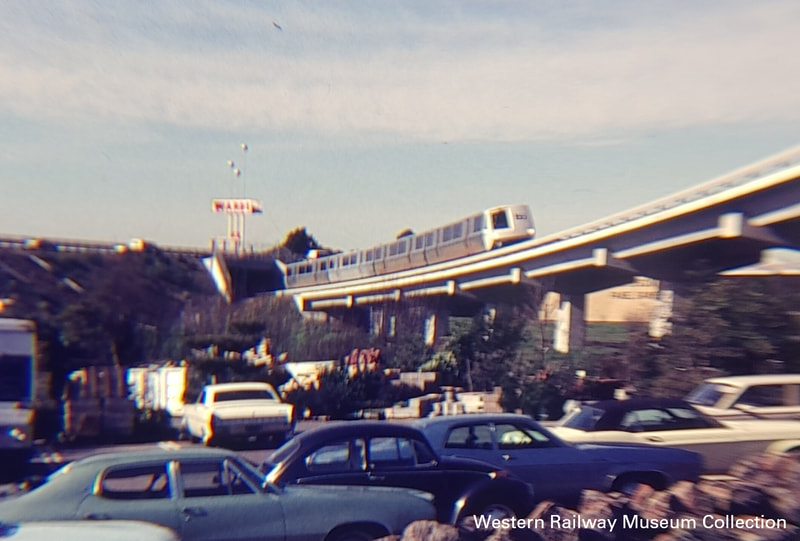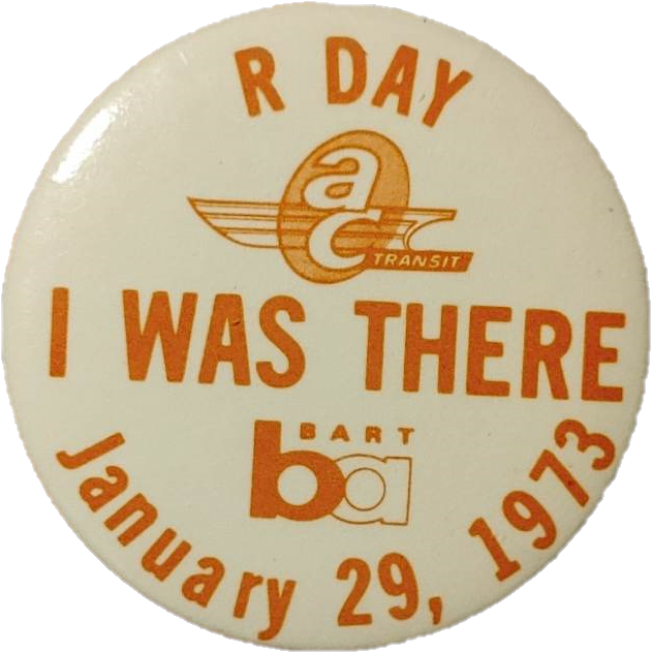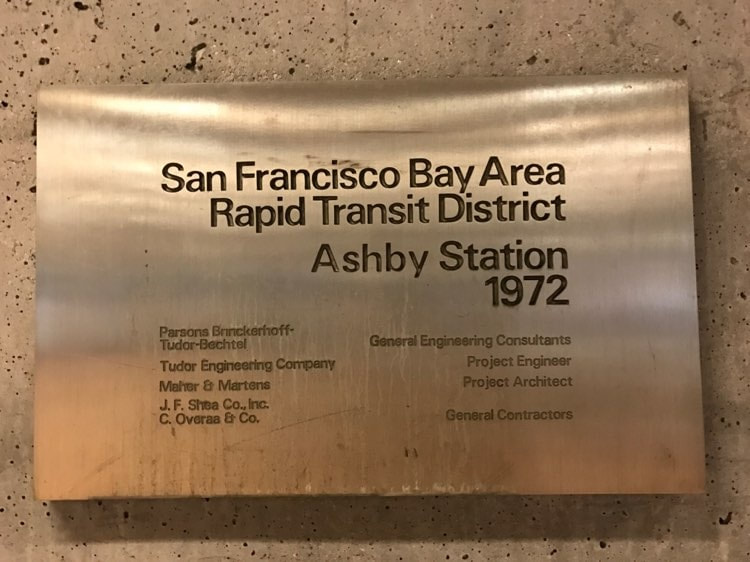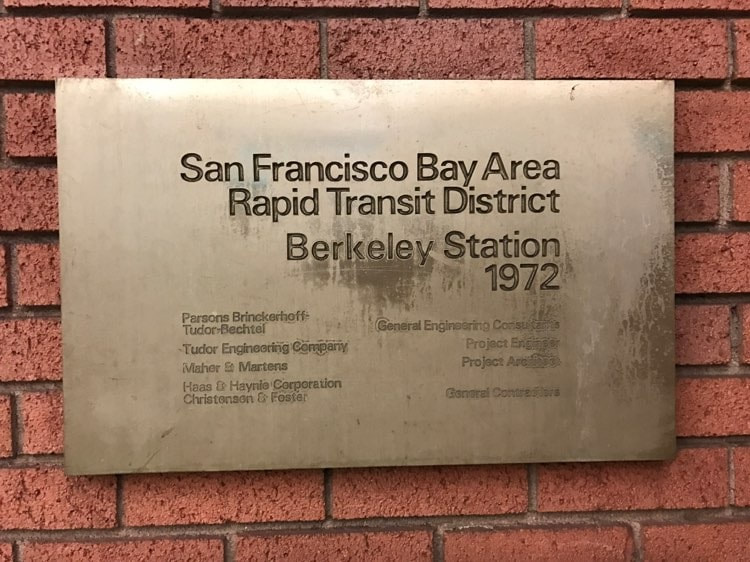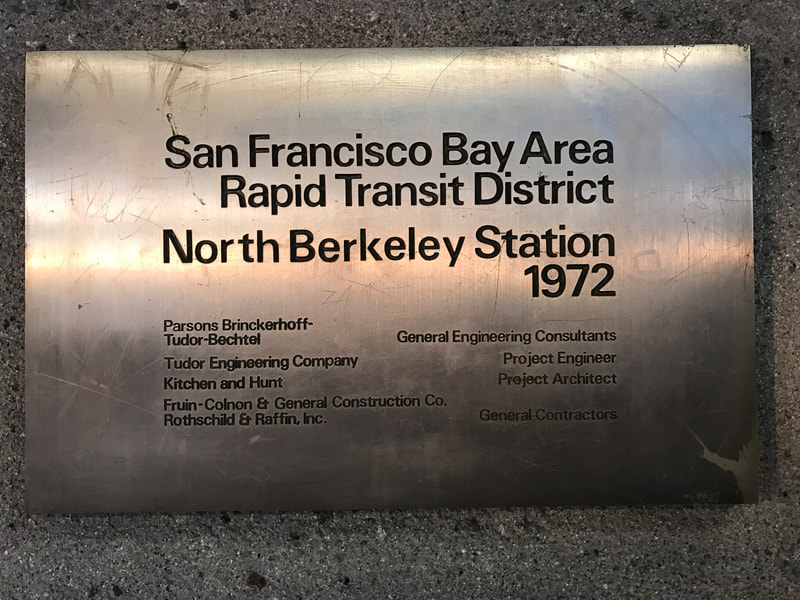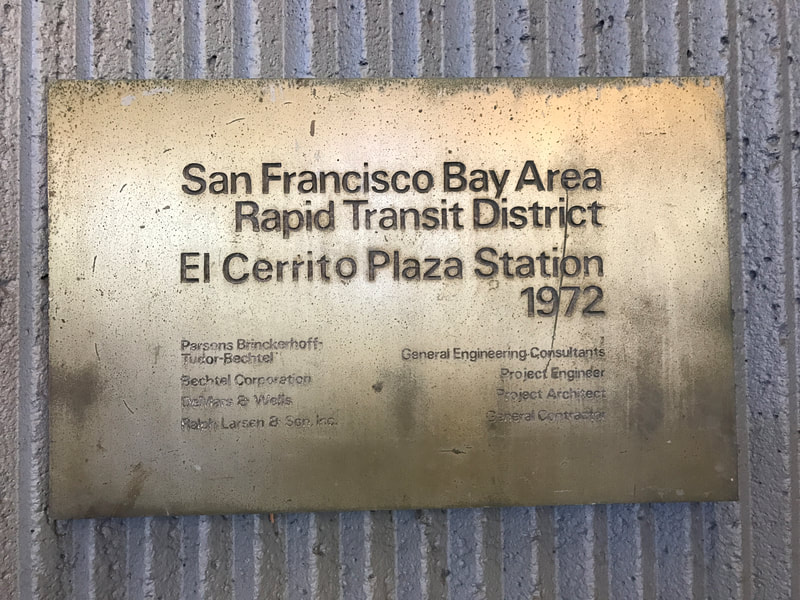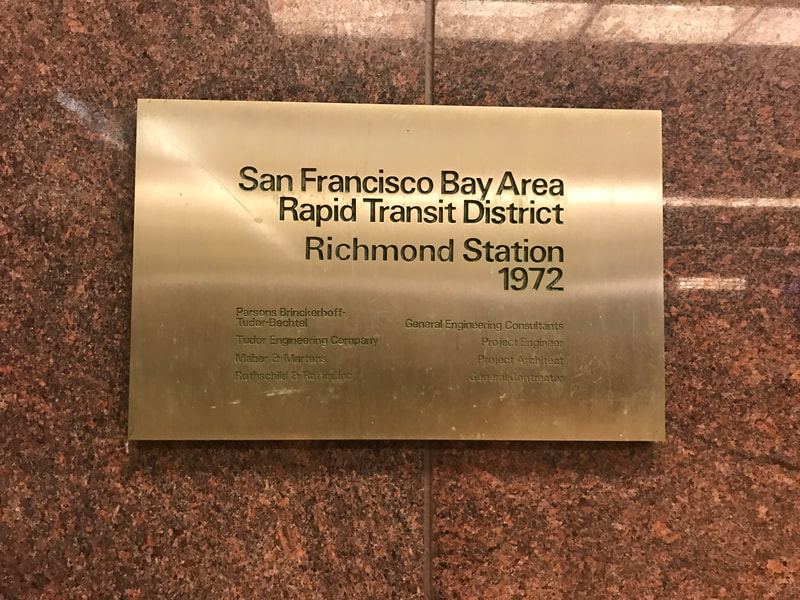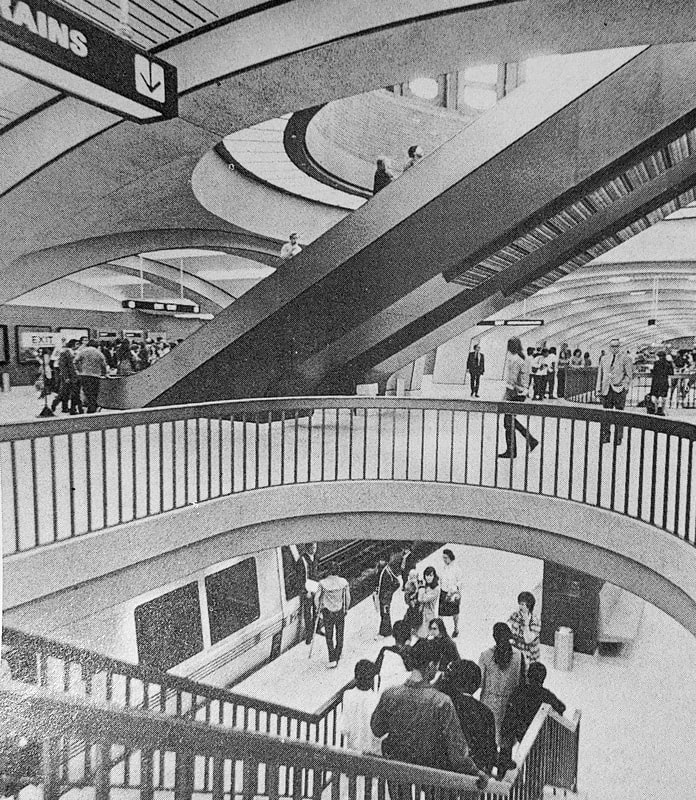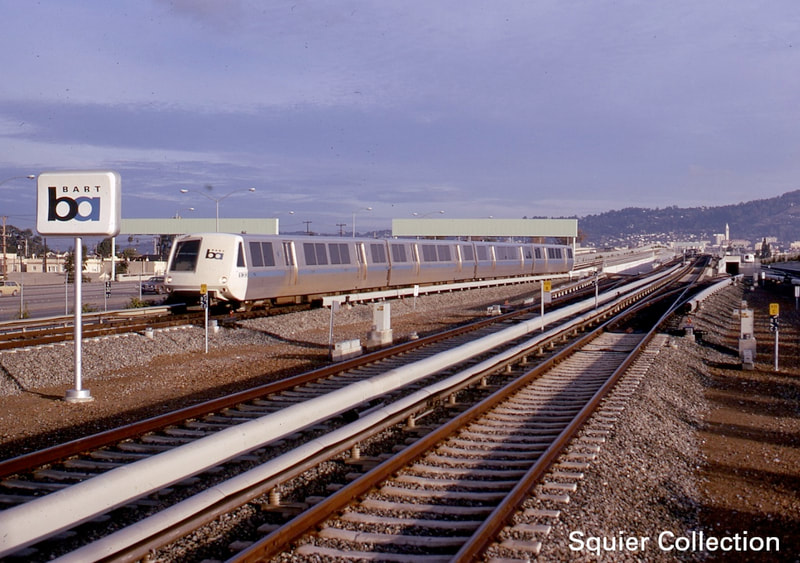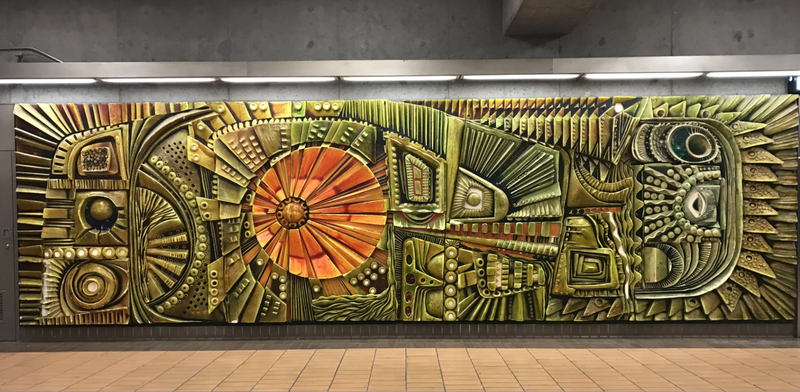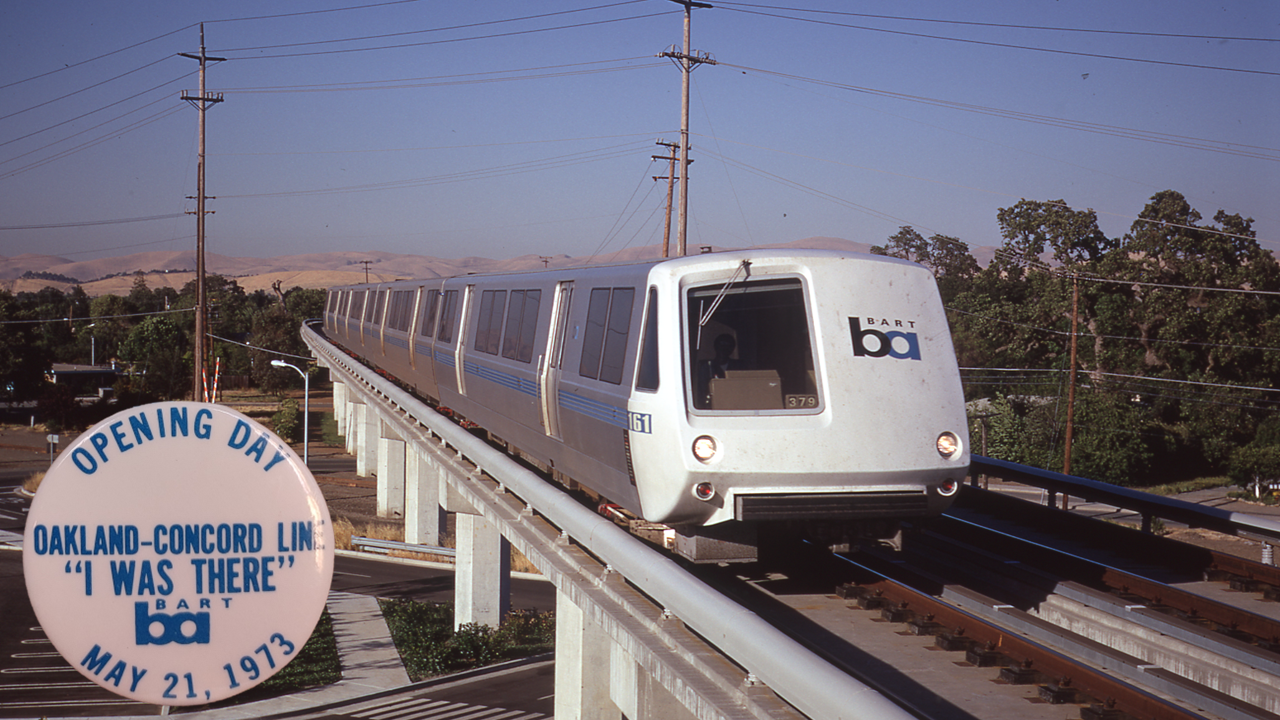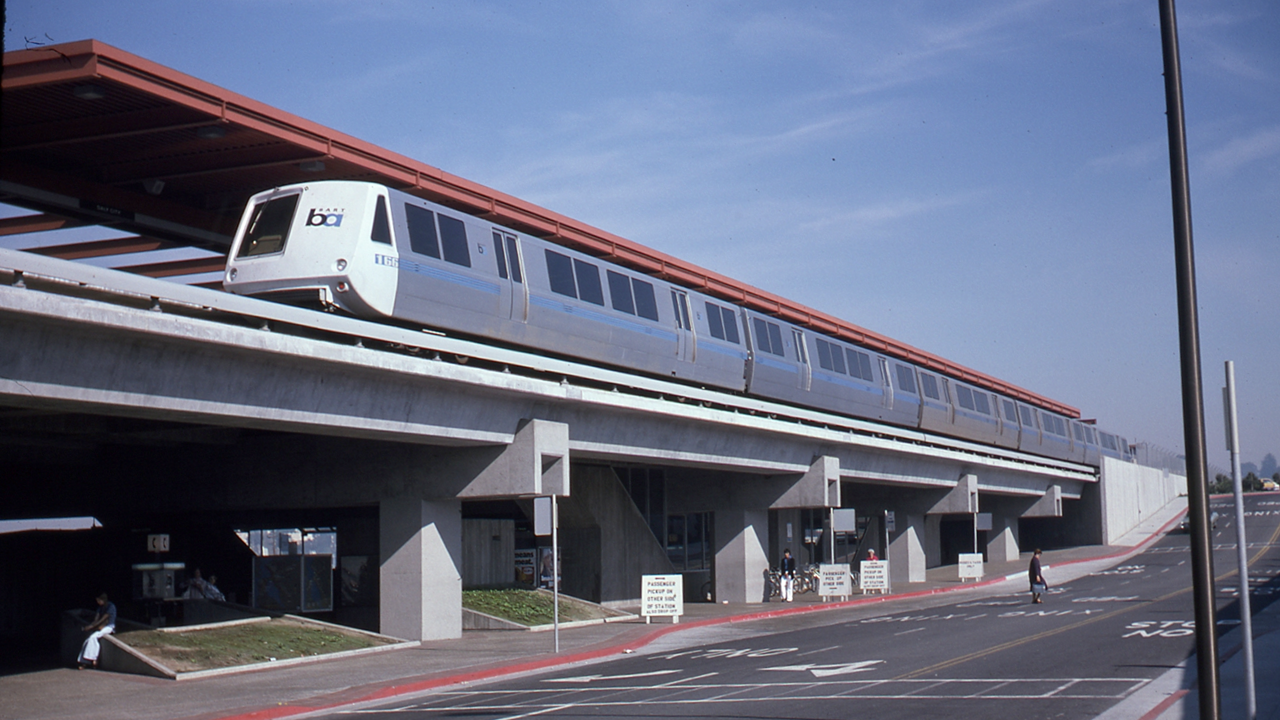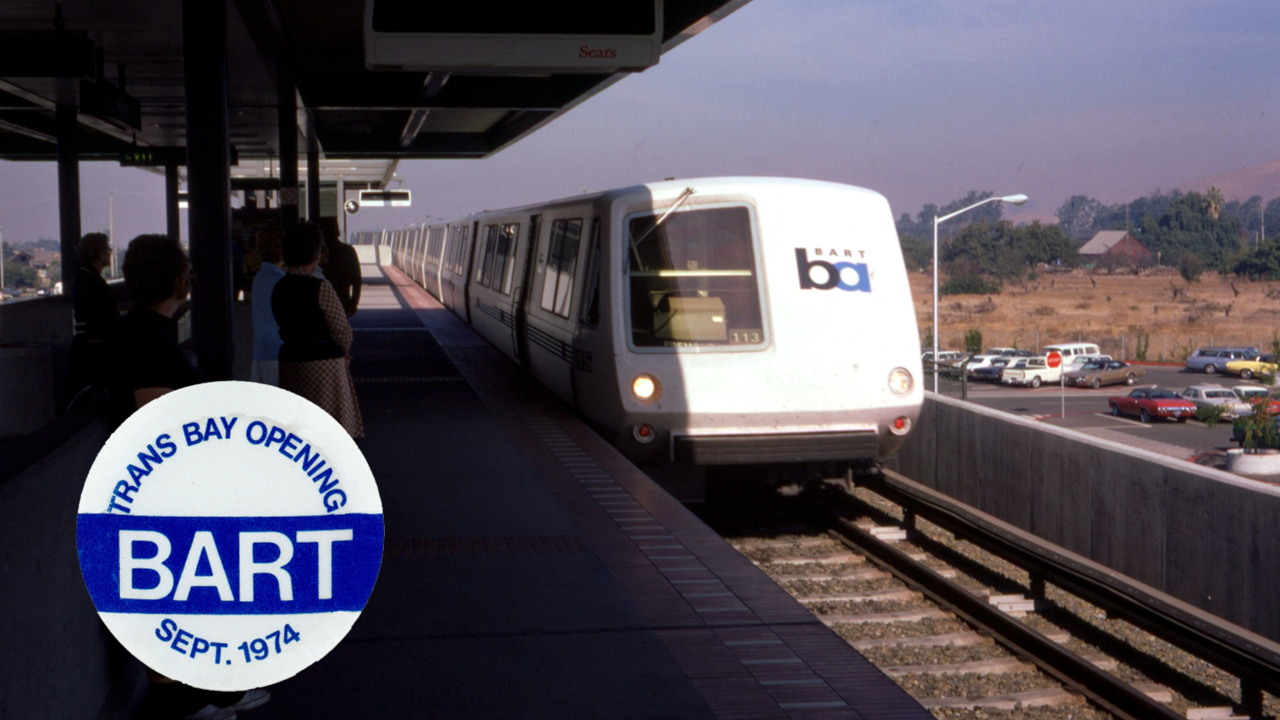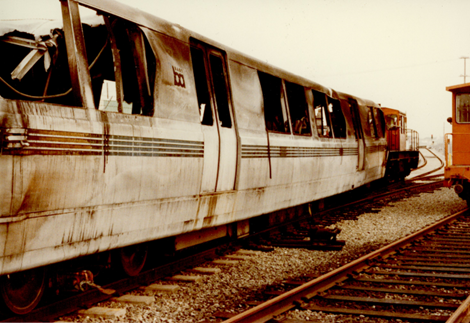We're Off and Running: BART's First Decade in Operation
1972 - 1982
|
Contents:
BART's Opening Day (9/11/1972) The cars of BART's Opening Day (9/11/1972) Two Car Trains (1972) President Nixon Rides BART (9/27/1972) Fremont Flyer (10/2/1972) R line opens (1/29/1973) C Line Opens (5/21/1973) M Line Opens (11/5/1973) Transbay Tube Opens (9/16/1974) Bicentennial (1976) Transbay Tube Fire (1/17/1979) Addendum (click on the links below): Orders and Deliveries (1969-2022) A car to B car conversion (1978-1982) Mail on BART (1972, 1974, 1990) |
BART's Opening Day (9/11/1972)
The San Francisco Bay Area celebrates BART's Golden Anniversary this year.
Let us take a moment to look at the opening day of BART, a half century ago.
(This page will be updated throughout the year, featuring many photos of that historic day, and a then-now comparison.)
SEE PAGE - DAY ONE for more information on BART's first day of service.
Click on the thumbnails to view the full size images.
Let us take a moment to look at the opening day of BART, a half century ago.
(This page will be updated throughout the year, featuring many photos of that historic day, and a then-now comparison.)
SEE PAGE - DAY ONE for more information on BART's first day of service.
Click on the thumbnails to view the full size images.
Two Car Trains (1972)
"BART was young and the world was watching."
Back in 1972, BART opened its doors to the riding public. Delays upon delays pushed back the opening day of the system to September 11, 1972.
Even then, BART barely had enough cars to provide service. In August 1972, only 36 cars were on property, and by Day 1, there were about 38 A cars and 2 B cars.
Naturally, service began with very short trains - "two baggers" - running between MacArthur and Fremont stations. Enough B cars were on property around November 1972 to end the shortest trains ever ran in revenue service on mainline BART.
For the meantime, enjoy these photos taken 50 years ago on the sleekest consists of early BART. Amazingly enough, almost all of these cars are still in service in 2022, a testament to the minds who designed and built the cars a half century ago, and to the hardworking people that maintain and run them today.
All photos part of the Western Railway Museum Collection.
Back in 1972, BART opened its doors to the riding public. Delays upon delays pushed back the opening day of the system to September 11, 1972.
Even then, BART barely had enough cars to provide service. In August 1972, only 36 cars were on property, and by Day 1, there were about 38 A cars and 2 B cars.
Naturally, service began with very short trains - "two baggers" - running between MacArthur and Fremont stations. Enough B cars were on property around November 1972 to end the shortest trains ever ran in revenue service on mainline BART.
For the meantime, enjoy these photos taken 50 years ago on the sleekest consists of early BART. Amazingly enough, almost all of these cars are still in service in 2022, a testament to the minds who designed and built the cars a half century ago, and to the hardworking people that maintain and run them today.
All photos part of the Western Railway Museum Collection.
President Nixon Rides BART (9/27/1972)
|
President Richard Nixon and First Lady Pat Nixon ride BART from San Leandro station to Lake Merritt Station. He remarked: "I've been all over the world and this is the smoothest ride I've ever had."
Looking at Central Control, he remarked: "You know, it does look like Nasa." Nixon consist: 120-505-119 Car 120 now rolls as car 1834. Nixon also rode the Golden Gate Ferry's M/S Golden Gate while president. 9/27/1972: San Leandro to Lake Merritt A car 120 is now B2 car 1834 B car 505 is now B2 car 1505 A car 119 is now B2 car 1844 Photo credits are from the Nixon Library, BART, and I think the Tribune or Chronicle? I've forgotten, unfortunately. |
Fremont Flyer (10/2/1972)
|
At about 10:15 AM, Monday, October 2, 1972, Train 307 from MacArthur, with brand new A car 143 leading and "Day 1 veteran" A car 118 trailing, overshot Fremont station and plowed into the parking lot, injuring four passengers and the train attendant. Fortunately, Washington Hospital is next door to Fremont station so the response was timely.
|
This accident was attributed to a faulty 27 mph crystal oscillator on a printed circuit board, which instead of signaling the train to slow down to 27 mph, sped it up to almost 70 mph (66 mph when at A85 gate C). The train attendant did all that was possible to stop the train, but even then, the braking was inadequate; the train was speeding through the center of platform 2 at 42-50 mph and impacted the sandpile at about 26-33 mph (sources debate speeds), landing in the parking lot. The accident brought national attention to the safety of BART, alongside significant changes to carborne ATC equipment alongside changes at Fremont station.
A car 143 never carried another rider but it found a new life as a B car. It was converted into B car 826 by Hayward Shop forces by the end of 1981, and rolled again, this time as a standard B car. As part of the A and B car rebuilding during the turn of the century, B car 826 was rebuilt and renumbered into B2 car 1826. As of August 2022, it is assigned to Concord yard and can be seen in the middle of Yellow line trains, from time to time. A keen eye may recognize a few scars from its ill-fated trip a half century ago. B2 car 1826, in my opinion, has earned a place as one of the most historical transit vehicles in history.
A car 143 never carried another rider but it found a new life as a B car. It was converted into B car 826 by Hayward Shop forces by the end of 1981, and rolled again, this time as a standard B car. As part of the A and B car rebuilding during the turn of the century, B car 826 was rebuilt and renumbered into B2 car 1826. As of August 2022, it is assigned to Concord yard and can be seen in the middle of Yellow line trains, from time to time. A keen eye may recognize a few scars from its ill-fated trip a half century ago. B2 car 1826, in my opinion, has earned a place as one of the most historical transit vehicles in history.
Opening of the R line, 1/29/1973
Fifty years ago today (1/29/1973), the R line (MacArthur to Richmond) opened for revenue service. Here are some pictures of the line around the time it opened, and some pictures of the station plaques.
This was the second segment of the BART system to open, after the A and K lines (MacArthur to Fremont) on September 11, 1972.
This was the second segment of the BART system to open, after the A and K lines (MacArthur to Fremont) on September 11, 1972.
C Line Opens (5/21/1973)
The system opened piece by piece in the 1970s.
The third section to open was the Concord line from MacArthur to Concord on May 21, 1973
The third section to open was the Concord line from MacArthur to Concord on May 21, 1973
San Francisco Day - Shuttle Service Starts (11/5/1973)
The system opened piece by piece in the 1970s.
Next was the San Francisco/Daly City shuttle, sometimes nicknamed the Alito shuttle, from Montgomery to Daly City on November 5, 1973
Next was the San Francisco/Daly City shuttle, sometimes nicknamed the Alito shuttle, from Montgomery to Daly City on November 5, 1973
Transbay Service Begins (9/16/1974)
The last section of the system was the Wye to Montgomery through the Transbay Tube, which opened for revenue service on September 16, 1974.
Spirit of '76: Celebrating 200 years of Freedom
BART was not one to miss the bicentennial celebration; they replaced the front logo of certain (about 10) A cars with the official BiCentennial Logo, along with smaller versions of the same logo on the sides below the Y end car number. It wasn’t to the extravagance of many conventional railroads with their specially painted units, but it was still a nod to the 200th Anniversary of the founding of the Country.
The cars included:
115
127
139
140
153
169
177
202
219
236
264
The cars included:
115
127
139
140
153
169
177
202
219
236
264
Transbay Tube Fire - 1/17/1979
The worst incident in BART’s history occurred on Wednesday, January 17, 1979, in the Transbay Tube under the San Francisco Bay.
A seven car Fremont-Daly City train struck a lost box cover from a prior train’s undercar equipment, causing arcing and fire.
The fire created thick, toxic smoke – traced back in part to the urethane passenger seats, which burned and produced cyanide gas, which killed a firefighter.
BART’s prior mixed record towards fire prevention and valiant yet somewhat haphazard response led to numerous changes to prevent and mitigate the recurrence of such a disaster.
Following this incident, much effort was made to increase the fire safety of the system. Each car received new, low smoke neoprene seats, and fire resistant floor and liners. Policies and procedures developed in the wake of the incident have helped to make BART a safer system for all who ride it.
A seven car Fremont-Daly City train struck a lost box cover from a prior train’s undercar equipment, causing arcing and fire.
The fire created thick, toxic smoke – traced back in part to the urethane passenger seats, which burned and produced cyanide gas, which killed a firefighter.
BART’s prior mixed record towards fire prevention and valiant yet somewhat haphazard response led to numerous changes to prevent and mitigate the recurrence of such a disaster.
Following this incident, much effort was made to increase the fire safety of the system. Each car received new, low smoke neoprene seats, and fire resistant floor and liners. Policies and procedures developed in the wake of the incident have helped to make BART a safer system for all who ride it.
6/6/22, 7/29/22, 8/15/22, 8/28/22, 2/1/23

